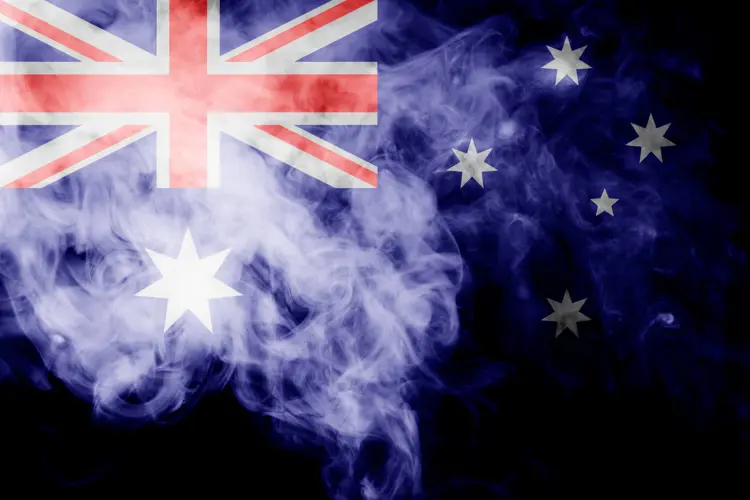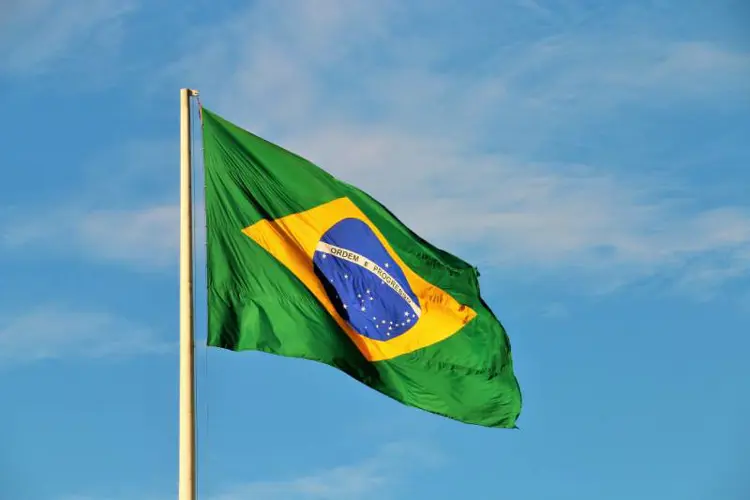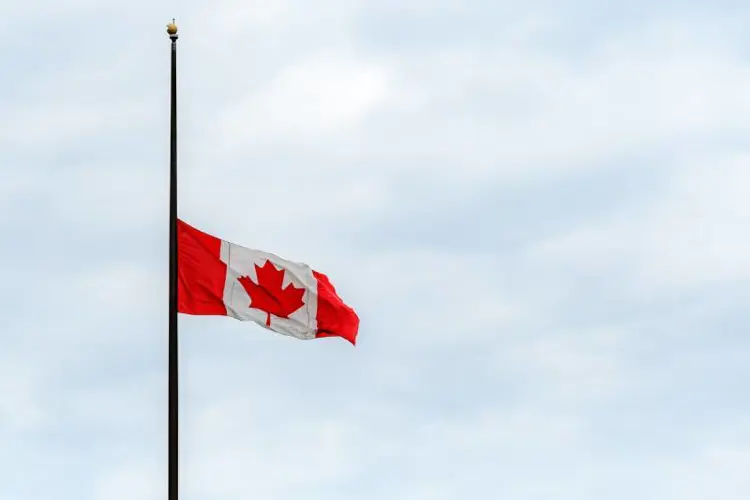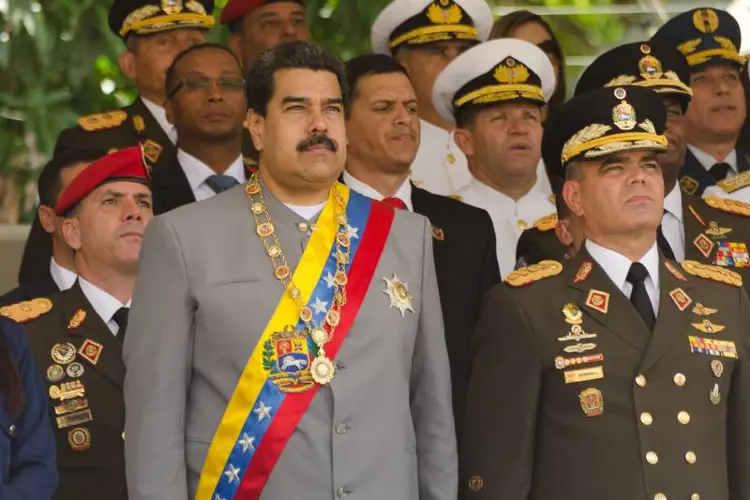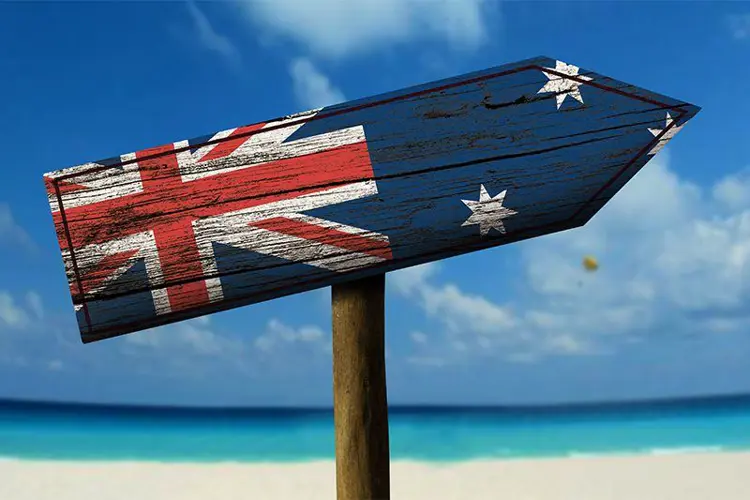Australia is tentatively planning to make nicotine-containing vaping products available with a prescription at pharmacies beginning next June. The Therapeutic Goods Administration (TGA) announced the plan today, but will accept public comment on the process until Nov. 6, and issue a final rule by the end of the year.
Sale of vaping products containing nicotine is currently illegal in Australia, and even possession is outlawed in all but one state. The law, as it stands now, allows vapers to import up to a three-month supply of nicotine with a doctor’s prescription—but that is largely ignored by both vapers and the authorities.
Just one to two percent of vapers bother getting a prescription, according to Dr. Colin Mendelsohn, a board member of the Australian Tobacco Harm Reduction Association (ATHRA). Most vapers import nicotine without a prescription, a practice that could earn them huge fines if health minister Greg Hunt’s planned import ban takes effect as scheduled, on Jan. 1, 2021.
Hunt’s import ban, which was announced on June 19, calls for enforcement cooperation between the Department of Health and the Australian Border Force, and would punish those attempting to import nicotine without a prescription with fines of up to 222,000 Australian dollars (about $152,000 US).
Hunt’s proposal was originally intended to take effect on July 1—less than two weeks after it was announced. However, outcry from vapers and sympathetic politicians (including some from Hunt’s own party) forced the health minister to postpone the ban almost immediately. At that time, he said the import ban would take effect in January, and he promised a “streamlined” process by which vapers would obtain nicotine by prescription.
This is clearly supposed to be that process, despite the TGA’s claims that it is unrelated to the import ban. The two proposals are obviously linked. Whether the TGA nicotine prescription plan is “streamlined” is another question. Here’s how it works, according to Dr. Mendelsohn:
“1. Vaper or smoker consults doctor and pays fee
“2. Doctor assesses the patient and discusses other options if appropriate
“3. If appropriate, doctor completes complex online form for an 'SAS-B' approval
“4. TGA decides if approval will be granted
“5. Patient returns to pick up the script if application accepted. A second fee may be charged.
“6. Patient goes to pharmacist
“7. Pharmacist orders supplies from wholesaler
“8. Patient purchase from pharmacist with a generous pharmacy markup
“9. Repeat yearly”
The TGA includes a cute little flowchart illustrating the process (reprinted below). Apparently they think nicotine users need visual aids to explain bizarre and completely unnecessary government policies.
According to the TGA, vapers will still be able to order nicotine from overseas sources—with a prescription only—but no more than a three-month supply at a time, or a 15-month supply during any 12-month period. Mendelsohn says that will end soon with changes to the Customs Act.
The TGA’s and Hunt’s proposals appear intended to work together to discourage vapers and potential vapers from using nicotine vapes. The obvious goal for both the TGA and Hunt is to force anyone wanting to vape nicotine to jump through so many hoops that they will simply give up. Mendelsohn says that doctors and pharmacists have no interest in taking part in the TGA’s nicotine scheme either.
“Only 8 GPs [general practitioners—doctors] in Australia have shown any interest in writing nicotine prescriptions,” he writes. “Most know very little about vaping and very few know how to write a prescription The new requirements are time-consuming and won’t be welcomed by GPs.” The Pharmacy Guild, Mendelsohn says, has already stated it has no interest in selling vapor products.
Australian retail trade organizations oppose the plan too. Although nicotine-containing e-cigarettes are illegal now, they would like to allow fair competition between vapes and combustible cigarettes in their grocery and convenience stores. Vape shops, of course, are staunchly opposed to any rule that makes it harder for smokers to switch to vaping, or for vapers to get the nicotine and vaping hardware they want. The TGA hasn't explained which vaping products will be sold in pharmacies, but it's fair to gamble there won't be much of a choice.
Meanwhile, cigarettes are completely legal in Australia, and can be bought as a consumer product in any corner store, just as they always have been. Pharmaceutical nicotine products like gum and patches are likewise available everywhere without a prescription. The irony is rich: products designed for medical treatment of smokers are available as consumer products, but consumer nicotine products require a prescription—except the most dangerous one, which is sold virtually everywhere.
The TGA says the vapor product prescription plan is intended to prevent youth uptake. “In the delegate’s view, restricting the availability of nicotine containing e-cigarettes to supply in accordance with a prescription is necessary to reduce the potential uptake of e-cigarettes and smoking in young adults who would otherwise be at low risk of nicotine addiction,” says the agency.
The TGA also cites “the risk of initiating or maintaining nicotine addiction” and “the unknown long-term adverse effects” of vaping as reasons for the Rube Goldberg-esque prescription scheme. Vapers might ask if cigarettes don’t also initiate and maintain nicotine addiction or cause long-term adverse effects? Of course they do, and everyone involved in this policy knows it.
In Australia, which has a national healthcare system, medical costs are borne by the taxpayers. The current cost of vaping to taxpayers is zero, because nicotine vaping is a consumer choice that competes with smoking—not a medicine that "cures" smoking. In fact, the more smokers switch to vaping, the more money it will save the taxpayers, because there will be less need to treat smoking-caused disease in the future.
Instead, the TGA has developed a plan that will add an unnecessary, publicly funded expense to the process of switching from deadly combustible tobacco to low-risk smoke-free vaping. Colin Mendelsohn says if all 520,000 current Australian vapers visit a doctor each year to obtain a nicotine prescription, the annual cost to taxpayers would be 60-100 million dollars.
Vaping advocates have a short three months to stop Greg Hunt’s import ban, and barely more than a month to flood the TGA with comments on its proposed nicotine plan. Remember to comment on the TGA consultation (link below) by November 6. Vapers can—and should—also donate to ATHRA, which is the only organization representing the interests of nicotine consumers in this seemingly endless fight with the Australian government.
The Freemax REXA PRO and REXA SMART are highly advanced pod vapes, offering seemingly endless features, beautiful touchscreens, and new DUOMAX pods.
The OXVA XLIM Pro 2 DNA is powered by a custom-made Evolv DNA chipset, offering a Replay function and dry hit protection. Read our review to find out more.
The SKE Bar is a 2 mL replaceable pod vape with a 500 mAh battery, a 1.2-ohm mesh coil, and 35 flavors to choose from in 2% nicotine.
Because of declining cigarette sales, state governments in the U.S. and countries around the world are looking to vapor products as a new source of tax revenue.
The legal age to buy e-cigarettes and other vaping products varies around the world. The United States recently changed the legal minimum sales age to 21.
A list of vaping product flavor bans and online sales bans in the United States, and sales and possession bans in other countries.








